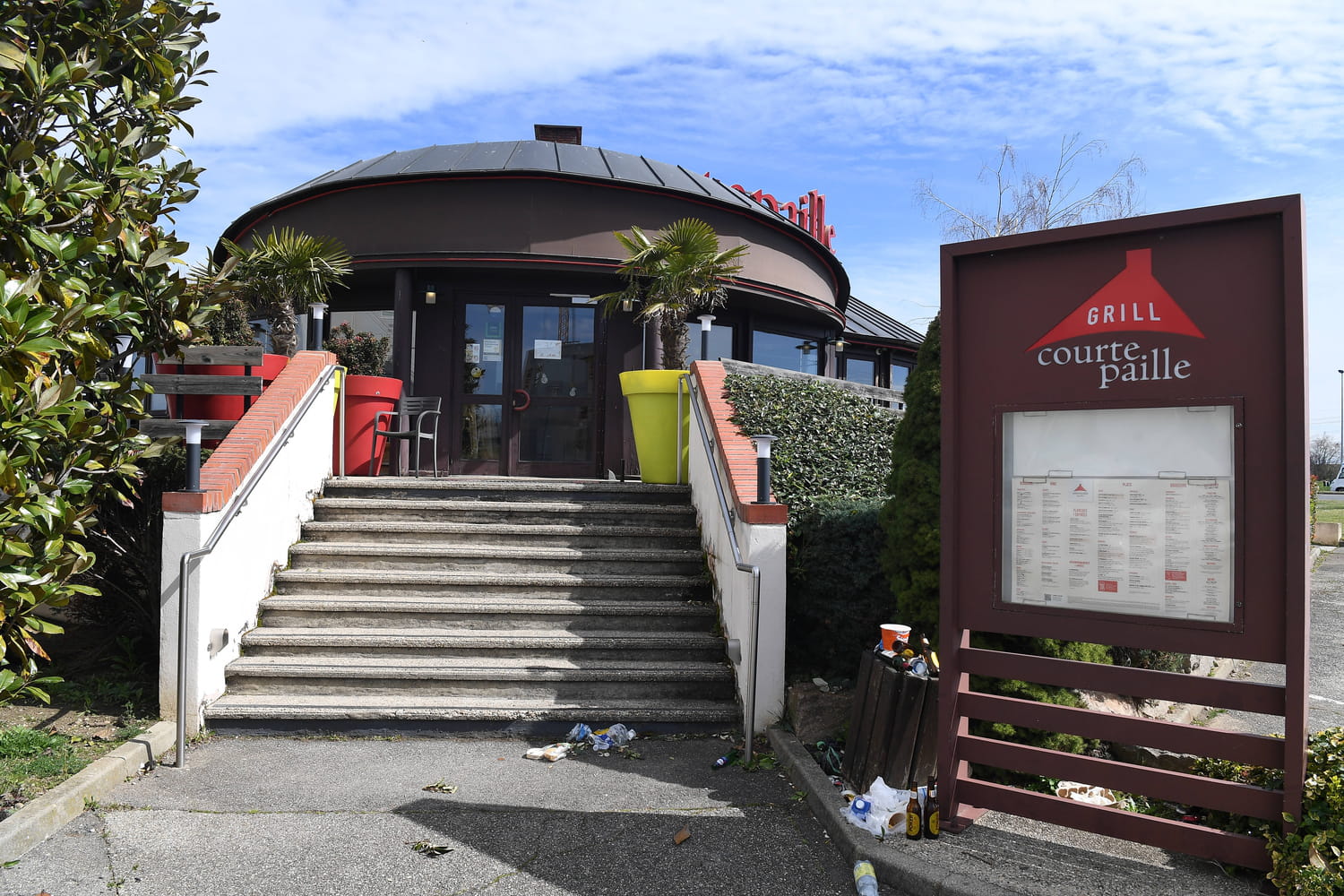10,000 billion euros. This is the astronomical amount lying dormant in Europeans’ bank accounts, without being invested, according to the European Commission. The Brussels institution unveiled, on September 30, an action plan to direct the savings of savers towards the financing of companies on the Old Continent. Indeed, currently, 20 to 30% of European nest egg is invested across the Atlantic, according to our Ministry of the Economy.
These flows are directed in particular towards the American Stock Exchange, which, it must be admitted, outperforms our CAC 40: over the last 20 years – including the subprime crisis, therefore – the S&P 500 (the 500 largest American companies) displays a return of 11% per year, compared to 6.3% for the CAC 40. To reverse this trend, the European Commission would like to see the appearance of new savings products in Member States which would allow to easily invest in European companies. However, even before this investment appears, it is already possible to compose a diversified and potentially lucrative portfolio invested only in Europe.
Investing in the debt of European countries
Necessary first step: play it safe. For this, head to life insurance in euro funds. The guaranteed capital support of insurers is in fact composed on average of three quarters of State bonds, France in the lead, but also other European countries (Germany, Switzerland, etc.). This way, you protect your back, while investing in low-risk continental debt. This year, the average return served by euro funds should be around 2.5%, according to initial estimates.
Then, no balanced portfolio without a little real estate. And this is good, since in France, real estate investment companies (SCPI) invested in Europe are doing well. Indeed, the 10 SCPIs which posted the best returns (distribution rate, or TD) in 2024 are invested partly or entirely in Europe, with a TD which exceeds 7%, compared to 4.72% on average for the rest of the stone and paper market. Note that as a bonus, subscribing to SCPI shares invested in European countries that have signed a tax convention with France allows you to reduce your taxes, compared to 100% French SCPIs.
Some indices are outperforming the American stock market this year
Then comes the part invested in the stock market. Let’s start by saying that to date, since January 1, several European indices have outperformed the S&P 500 (+14%): +20% for the German Dax, +33% for the Spanish Ibex, or even +25% for the Italian Mib. It is possible to gain exposure to the performance of these indices with ETFs, via an ordinary securities account (CTO), your stock savings plan (PEA), or even the units of account (UC) of your life insurance. But to hope to beat the American stock market over time, we must also take a longer term view and invest in sectors of the future in Europe.
According to Maria Vassalou, director of the Pictet research institute, “there is strong growth potential in Europe, if investments are made in the development of AI, and in companies targeting an aging population”. The sectors of real estate and housing, health and well-being, and food (particularly focused on longevity) could do well on the stock market in the years to come, believes the economist.
The defense sector puts the spotlight back on private equity funds
Finally, more experienced investors will also be able to take a closer look at investing in companies not listed on the stock exchange (private equity). In this category, “this year we saw the emergence of funds dedicated to French and European companies in the defense sector, which is a crucial sovereignty issue for Europe”notes Thomas Perret, founder of Mon petit placement.
The first of this kind to see the light of day was the Tikehau “Defense and Security” fund, available in life insurance. It will shortly be followed by the Bpifrance Défense fund, accessible from 500 euros and open to “direct” subscription from Bpifrance. In terms of return, a range of 7 to 10% per year is targeted, consistent with private equity standards, but in return for high risk taking (this type of fund is rated between 6 and 7 out of 7).











